What is NASA's Artemis program?
NASA's ambitious Artemis program will eventually create a base on the moon — and lay the foundations for manned missions to Mars


Artemis I, which was set to launch Monday morning from NASA's Kennedy Space Center in Florida before the flight was scrapped, is "the first in a series of increasingly complex missions" that will test the new Space Launch System (SLS) — the most powerful rocket ever built — and Orion spacecraft's ability to orbit the moon and return to Earth. The ultimate goal of the program is to get astronauts back to the moon and then on to Mars. Here's everything you need to know:
What is the Artemis program?
The Artemis missions will put the first woman and first person of color on the moon and establish the first long-term human presence on the lunar surface, NASA says. This will involve working with commercial and international partners to build the Artemis Base Camp, near the moon's south pole. The final goal of the program is to take everything NASA learns from the moon missions and use it to get the first astronauts to Mars. The program is named after the Greek goddess associated with the moon. Artemis is "a descendent of Apollo, the NASA program that successfully took astronauts to the moon for the first time in 1969," PBS notes.
What happened on Monday?
On Monday, NASA had planned to attempt the first test flight of the Space Launch System (SLS), a powerful megarocket that will launch the Orion spacecraft. This is the Artemis I mission, and if all had gone according to plan, the Orion would have begun its travel some 40,000 miles beyond the far side of the moon, returning to Earth in 42 days, 3 hours, and 20 minutes.
The Week
Escape your echo chamber. Get the facts behind the news, plus analysis from multiple perspectives.

Sign up for The Week's Free Newsletters
From our morning news briefing to a weekly Good News Newsletter, get the best of The Week delivered directly to your inbox.
From our morning news briefing to a weekly Good News Newsletter, get the best of The Week delivered directly to your inbox.
The launch had been scheduled for 8:33 a.m. ET; by 8:30 a.m. ET, however, teams were "in a hold in the countdown at T-40 minutes while engineers continue[d] to assess an issue conditioning engine 3, one of four RS-25 engines on the bottom of the Space Launch System rocket's core stage," according to NASA's live blog. Shortly afterward, The Associated Press reported that NASA had "[scrubbed the] launch of its new moon rocket … because of fuel leaks."
"Welcome to the world of space travel. It doesn't keep to TV or our schedules," tweeted scientist J. Marshall Shepherd, adding, "Remember, getting to space is hard."
Now what?
The launch has been rescheduled for Saturday at 2:17 p.m. ET, NASA officials told reporters on Tuesday night, with a two-hour launch window. "I've got confidence in the design of the rocket," John Honeycutt, NASA's SLS program manager, said. There is a 40 percent chance of favorable weather conditions on Saturday, with sporadic showers in the forecast.
What are the objectives of the Artemis I mission?
While the Orion spacecraft aims to one day carry astronauts to lunar orbit, no humans will be on board during the impending trial; this is strictly an integrated test of the SLS, Orion spacecraft, and ground systems at Kennedy Space Center. There are several primary objections of the test flight, including ensuring Orion's heat shield can withstand the high speed and heat conditions when returning through the Earth's atmosphere and retrieving Orion after splashdown. "In all of our excitement, I want to remind people that this is a test flight," NASA Administrator Bill Nelson told The Washington Post prior to the Monday attempt. "We're going to stress this thing in a way that we would never do with humans on board. And so I just want to bring everybody back to reality."
A free daily email with the biggest news stories of the day – and the best features from TheWeek.com
This was reiterated by Mike Sarafin, the mission manager for Artemis I. "We're mindful that this is a purposeful stress test of the Orion spacecraft and the Space Launch System rocket," he said during a Saturday press conference. "We will learn a great deal from the Artemis I test flight. And through this experience, we will change and modify anything necessary to prepare ourselves for a crewed flight on the very next mission."
The Orion's mission will eventually carry it some 1.3 million miles, with the vessel flying farther than any other spacecraft built for human exploration has ever gone before, NASA has said.
Why is NASA going back to the moon?
NASA says it is returning to the moon "for scientific discovery, economic benefits, and inspiration for a new generation of explorers: the Artemis Generation. While maintaining American leadership in exploration, we will build a global alliance and explore deep space for the benefit of all." These missions, NASA added, will lead to the creation of new industries and jobs. There are also a lot of unanswered questions about the moon, David A. Kring of the Lunar and Planetary Institute told The New York Times, and scientists "understand that the moon is in some sense a Rosetta Stone. It is the best place in the solar system to study the origin and evolution of planets in the solar system."
When can we expect astronauts to land on the moon again?
NASA officials say the Artemis 2 mission, which involves astronauts orbiting the moon, is set to launch in 2024, followed by Artemis 3, where astronauts will actually land on the moon. This could happen as early as 2025.
How big is the SLS?
It's massive. The rocket will weigh 5.75 million pounds at liftoff, holding 700,000 gallons of liquid hydrogen and liquid oxygen. NASA says because of its "unprecedented power and capabilities, SLS is the only rocket that can send Orion, astronauts, and cargo directly to the moon on a single mission." By design, the rocket will be able to evolve for new missions, including sending robots on scientific expeditions to places like Jupiter and Saturn. It cost $11 billion to develop SLS, and the estimated price tag for each launch is $4.1 billion.
There was some testing of the rocket earlier this spring, with a few glitches; during a fueling test and stimulated countdown, the SLS' team found a hydrogen leak and faulty valve. The necessary repairs were made, and NASA officials said a "flight readiness review" shows the rocket is ready to blast off. "We did talk to the launch team," Jim Free, NASA's associate administrator for the exploration systems development mission directorate, told the Post. "We talked to the flight team. We talked to the recovery team, and then the management team, and everybody said they're ready to go." Should there be any issue once Orion is on its journey "that can cause us to come home early ... that's OK," Bob Cabana, NASA's associate administrator, said. "We have contingencies in place."
Is it true Snoopy is going to be on the Orion?
Yes, a plush Snoopy will be on board, serving as a zero gravity indicator for the mission team back on Earth. He'll be accompanied by three manikins that will collect data on what it's like for people to travel in space and be exposed to deep space radiation, in order to make future Artemis missions safe for humans. One manikin, Commander Moonikin Campos, will sit in a seat with sensors meant to record acceleration and vibration throughout the mission. He will wear the Orion Crew Survival System suit, which has two radiation sensors and, in case of emergency, the ability to sustain a crew member for up to six days. "You can almost think of it as a personalized spacecraft — a secondary but much more personalized spacecraft that protects the crew member, provides them pressure, oxygen, cooling, and any other life-sustaining functions that are needed," Dustin Gohmert, Orion Crew Survival Systems project manager at NASA's Johnson Space Center in Houston, told CNN.
The two other manikins — named Helga and Zohar — are torsos made from materials simulating the soft tissue, bones, and organs of women and designed to measure the effect of radiation on bodies in space. These manikins have more than 5,600 sensors and 34 radiation detectors, and while Zohar will don a radiation protection vest called AstroRad, Helga won't. If the vest is effective, it could allow future astronauts to work during solar storms.
Catherine Garcia has worked as a senior writer at The Week since 2014. Her writing and reporting have appeared in Entertainment Weekly, The New York Times, Wirecutter, NBC News and "The Book of Jezebel," among others. She's a graduate of the University of Redlands and the Columbia University Graduate School of Journalism.
-
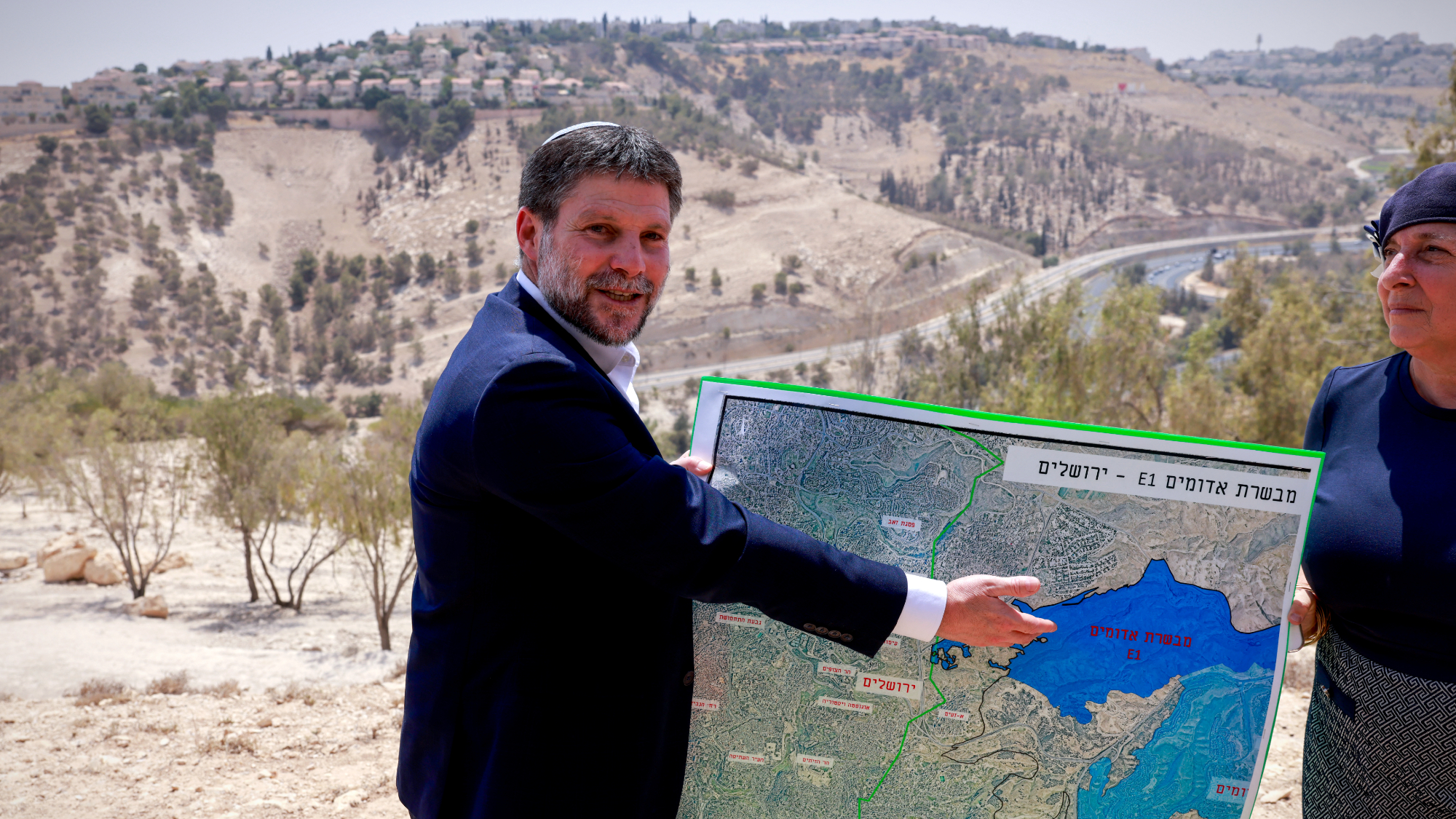 Israel approves new West Bank settlements
Israel approves new West Bank settlementsSpeed Read The ‘Israeli onslaught has all but vanquished a free Palestinian existence in the West Bank’
-
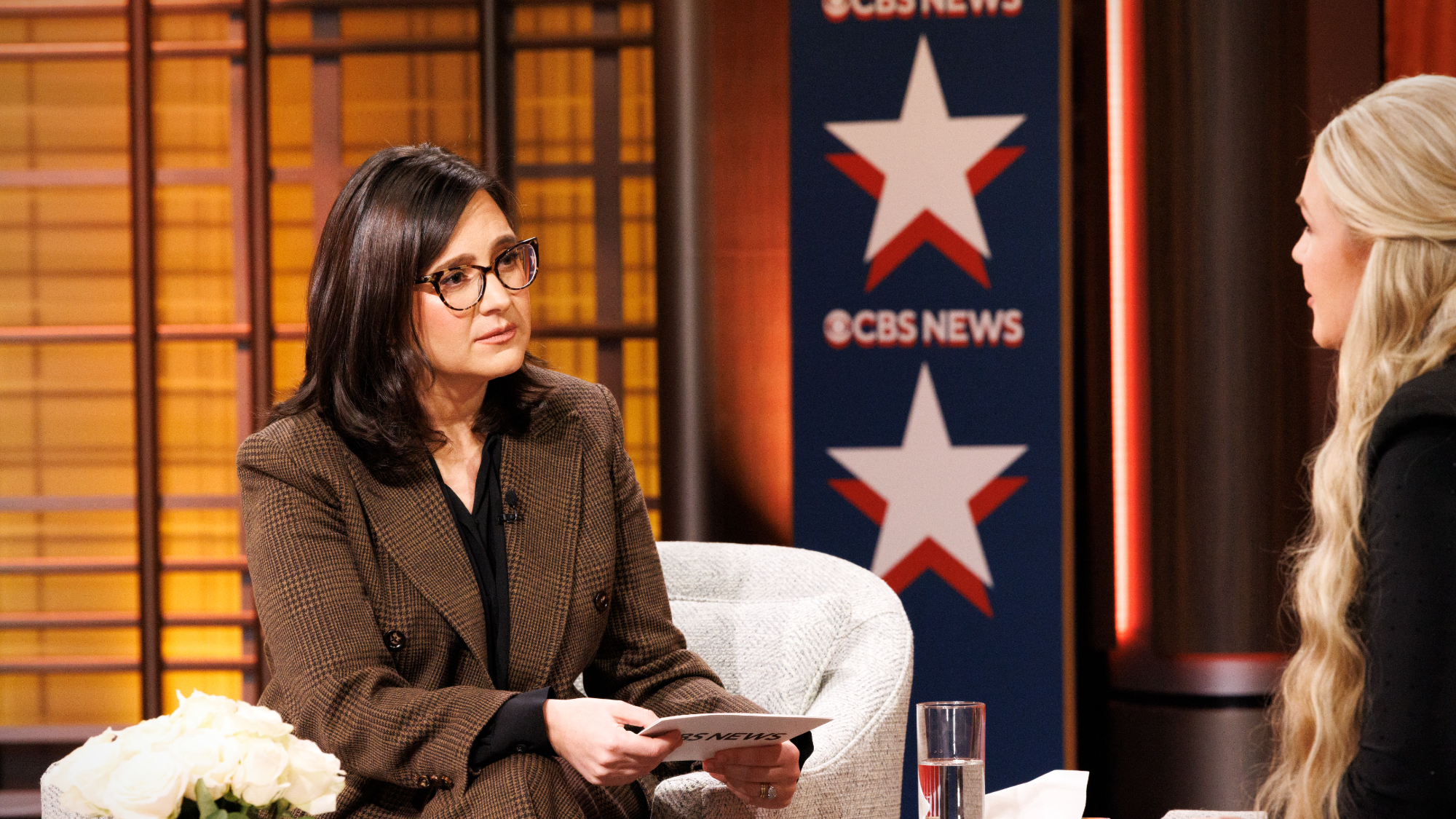 CBS pulls ‘60 Minutes’ report on Trump deportees
CBS pulls ‘60 Minutes’ report on Trump deporteesSpeed Read An investigation into the deportations of Venezuelan migrants to El Salvador’s notorious prison was scrapped
-
 Trump administration posts sliver of Epstein files
Trump administration posts sliver of Epstein filesSpeed Read Many of the Justice Department documents were heavily redacted, though new photos of both Donald Trump and Bill Clinton emerged
-
 Another Starship blast sets back Musk's Mars hopes
Another Starship blast sets back Musk's Mars hopesSpeed Read Nobody was killed in the explosion, which occurred in south Texas
-
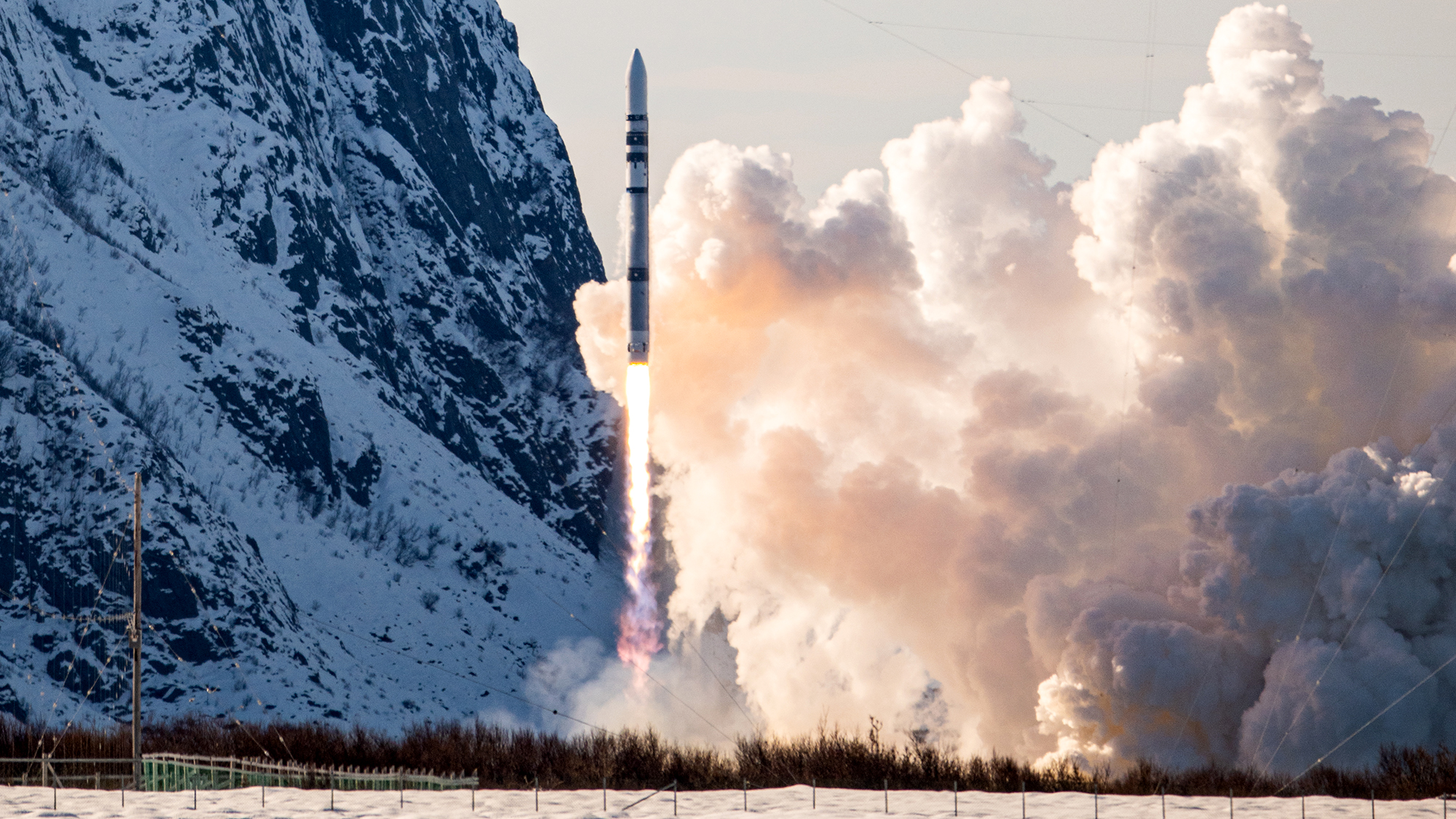 Test flight of orbital rocket from Europe explodes
Test flight of orbital rocket from Europe explodesSpeed Read Isar Aerospace conducted the first test flight of the Spectrum orbital rocket, which crashed after takeoff
-
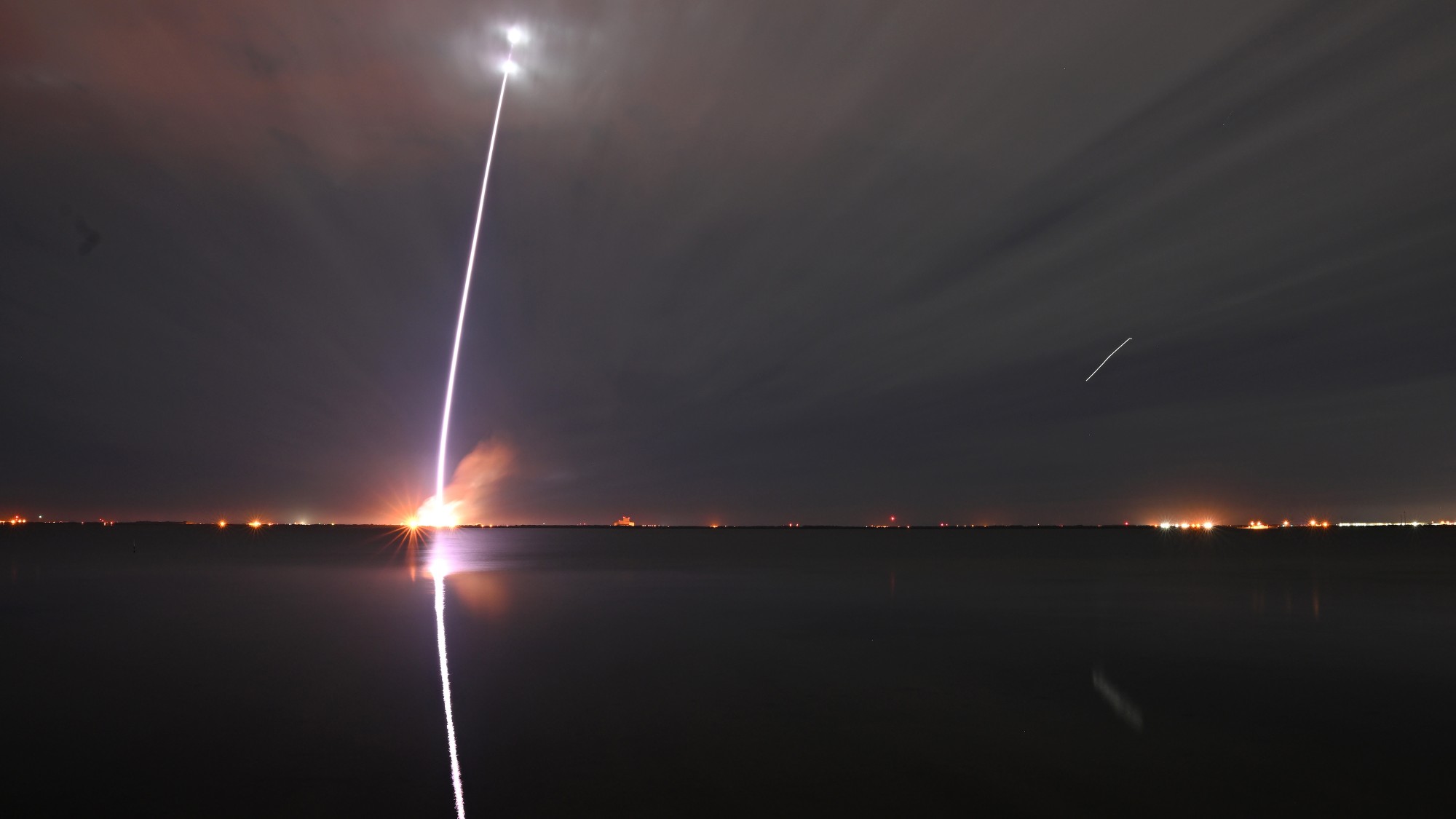 Jeff Bezos, Elon Musk and the billionaire space race
Jeff Bezos, Elon Musk and the billionaire space raceThe Explainer Tesla CEO and Amazon founder vie for dominance of satellite launch market and could influence Nasa plans to return to Moon
-
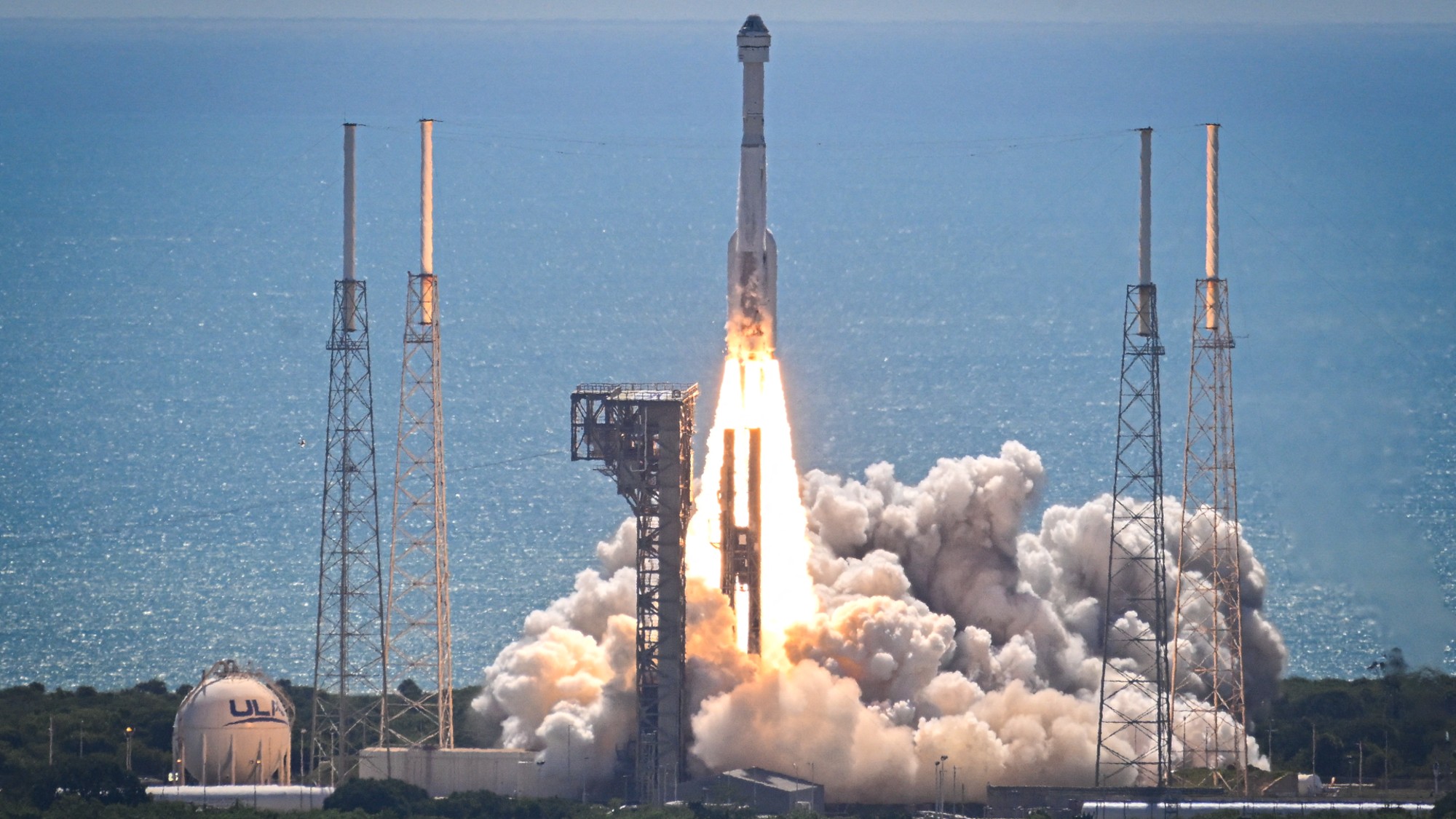 Starliner: What went wrong?
Starliner: What went wrong?Today's Big Question Boeing spacecraft has had a 'long, difficult road'
-
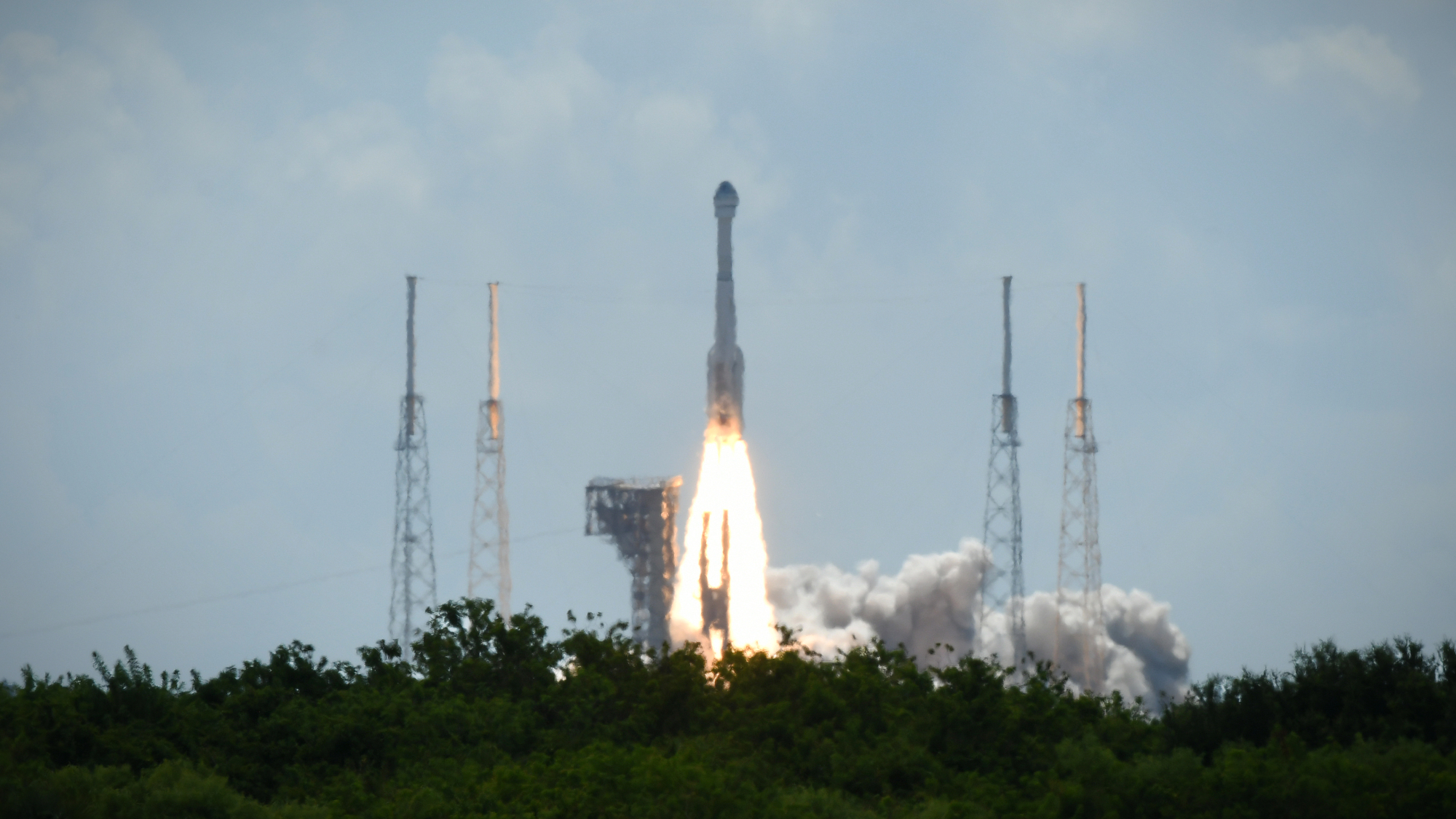 Boeing, SpaceX successfully test key rockets
Boeing, SpaceX successfully test key rocketsSpeed Read Boeing’s Starliner docked at the ISS and SpaceX completed its fourth test launch of its Starship spacecraft
-
 Nasa reveals first findings from asteroid that could explain origins of life
Nasa reveals first findings from asteroid that could explain origins of lifeSpeed Read Sample from Bennu has been found to contain an abundance of water and carbon
-
 AI's boost for students and teachers in higher education
AI's boost for students and teachers in higher educationSpeed Read
-
 Artificial intelligence goes to school
Artificial intelligence goes to schoolSpeed Read AI is transforming education from grade school to grad school and making take-home essays obsolete
